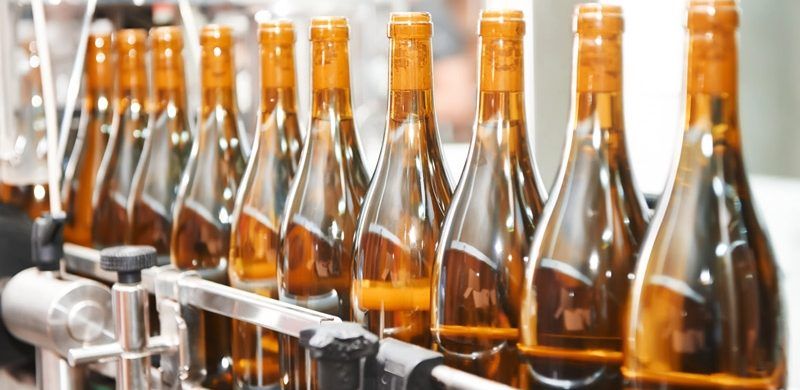Global production capacity adjustment: In 2025, the global daily bottle glass industry presents structural adjustment, and the traditional glass manufacturing giants in Europe and the United States gradually reduce their local production capacity under the pressure of environmental protection policies, and instead increase investment in emerging markets. With the advantage of raw materials and labor costs, China continues to expand production capacity, but the global overall supply and demand tend to balance, some enterprises due to high energy consumption and loss pressure to start cold repair plans, is expected to 2025 industry supply decline by 4.3%-6.5%.
Rising production costs: Affected by energy and environmental protection policies, high fluctuations in natural gas and electricity prices, and rising coal prices, resulting in the proportion of fuel costs in the production cost of glass bottles increased to 30%-40%. China's policies promote energy conservation and emission reduction, and enterprises need to upgrade equipment to reduce energy consumption, which increases the renovation cost in the short term, but benefits cost reduction and efficiency in the long run.
The demand side shows differentiation: in the consumer field, the demand for glass bottles in food and beverage and alcohol packaging is growing steadily, and in 2024, China's glass bottle production accounts for 30% of the world, and the demand for beer and liquor bottles accounts for more than 60%. Lightweight, recyclable glass bottles are favored, promoting the penetration rate of high-end products. Emerging markets have great potential, China's per capita daily glass consumption is only 1/5 of Europe and the United States, urbanization and consumption upgrading will drive an average annual demand growth of 15%.

